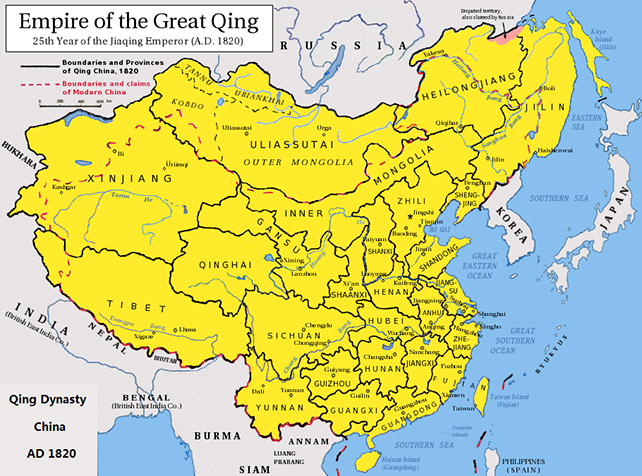The Qing Dynasty’s Decline: Lessons for Today
Historical Background
The Qing Dynasty, a dominant force in China for over two centuries, crumbled into oblivion by 1912. The reasons behind this imperial system’s collapse have been a subject of debate for years. A recent study sheds light on three critical factors that played a role, which might sound eerily familiar today.
Qing Dynasty’s Rise
Led by the Manchu people, the Great Qing gained control of Beijing in 1644, and by 1760, it had expanded to become the world’s largest economy. However, its prosperity was short-lived.
Structural-Demographic Theory (SDT)
Researchers from various institutions employed Structural-Demographic Theory (SDT), a mathematical model that dissects societies into four components: the state, elites, the generation population, and a factor gauging political instability. These components interact dynamically.
Population Explosion and Overcrowding
The study argues that a population boom in the 19th century, along with intense competition for limited elite positions, strained the Qing Dynasty. This resulted in a discontented populace and elite class, triggering internal rebellions. Overpopulation led to poverty and an excess of qualified bureaucrats stuck in lower ranks.
Financial Stress and External Factors
Maintaining order became increasingly expensive, compounded by depleting silver reserves and opium imports. The Qing rulers may have been aware of these issues but failed to act swiftly. The combination of internal uprisings and external geopolitical challenges sealed the dynasty’s fate.
Modern Parallels
The research team draws parallels between the Qing Dynasty’s downfall and contemporary societal issues, such as growing inequality and diminishing opportunities for advancement. These are challenges that governments should address.
Long-Term vs. Short-Term
However, addressing these issues is no easy task. Societal stresses often develop over the long term, while governments typically operate in the short term. This means that the Qing Dynasty’s fate could potentially recur in other places.
Understanding Historical Instabilities
Peter Turchin from the Complexity Science Hub in Vienna emphasizes the need to understand the origins of such instabilities. Assuming they belong to the past and won’t happen again would be a mistake. Similar underlying mechanisms persist, and change can indeed occur.
In summary, the Qing Dynasty’s decline serves as a stark reminder that even the mightiest empires can fall. Governments today must remain vigilant and address issues like inequality and limited opportunities to ensure stability in the face of changing circumstances.
Also Read: What Is Google Bard And How It Is Better Than ChatGPT







